While this country was developed, much was lost. One such thing that is discussed, but often overlooked, is the effects and tragedies done towards Indigenous groups in the country.
Now, everyone has learned about the big events. Native Americans might make a few appearances in early American history lessons, and perhaps the Trail of Tears was briefly touched on. But, overall, that’s where most people’s education ends. But that’s far from where the history itself is over.
Countless treaties made with Indigenous groups were violated, tragedies occurred, and more and more land was colonized and stolen. Up until today, the sovereignty of Native American reservations has been challenged, such as in the case of the Dakota Access Pipeline a few years ago.
An oil pipeline was being built from North Dakota to Illinois, crossing underneath not only the water supply for the Standing Rock Reservation but also important cultural lands. Protests occurred, drawing national attention, especially when police and military forces were used to suppress protests. The pipeline was still built, and the full environmental impacts of it are not yet known.
The protesters of the Dakota Pipeline are not alone. Over the last few years, a decentralized movement has been gaining traction to not only restore Indigenous sovereignty in places where it has been stolen but to help restore and protect the environment. That movement, known as Landback, has largely been misrepresented when discussed by mainstream media.
Movements for Indigenous rights are not new, but the term “Landback” itself was coined in the mid-2010s. It gained popularity in 2020, due to protests at Mount Rushmore. The monument was built in the Black Hills mountain range, which was originally granted to the Sioux Nation, but then illegally taken by the government in 1876.
So, what are the ideals of Landback? The NDN Collective, an Indigenous rights group largely focused on Landback, describes it as similar to the likewise decentralized Black Lives Matter campaign, addressing structural racism as well as other issues, such as colonization, environmental destruction, and land ownership.
That final one is where many misunderstand Landback. Some may think that the movement intends to remove non-Native people from living in certain areas or to revert the entire country to its pre-colonial state. This could not be further from the truth.
For the most part, the movement largely focuses on placing control of natural lands back into the hands of Indigenous groups, rather than the government or private individuals. This is especially true for areas stolen from specific tribes, like the Black Hills as previously mentioned.
Mount Rushmore is one of the few areas that would likely be completely changed if the Landback movement succeeds. Landback.org, an offshoot of the NDN Collective, says:
Monuments such as it, that so clearly support ideals antithetical to the movement, would be the only ones truly altered.
National Parks are another point of contention for the movement. Most, if not all, parks were originally Indigenous land and were stolen illegally, and often violently. In the case of Yosemite, the Miwok people were forced to flee their lands when it was taken over by an armed militia. Because of this, returning the parks to Native control is a common goal in the movement. The exact mechanics of this are not always consistent, but for the most part, it would be done to return culturally important land and to protect the environment.
I have barely scratched the surface of this movement. It goes into many different aspects, such as education, Native languages, culture, housing, wealth inequality, and more. The movement is not a monolith, some supporters of it hold other views than the ones described here.
Yet, it’s still an important movement that deserves the light of day, especially when it works towards goals that not only benefit the descendants of those destroyed by colonization but also the land itself.
November is Native American Heritage Month, so if any of this sounds interesting to you, or you want to learn more, I encourage looking at the website of the NDN Collective and/or Landback.org. Also, take a look at this article from High Country News, written last August, which goes much more in-depth to specific ideals and concerns people have over the movement.
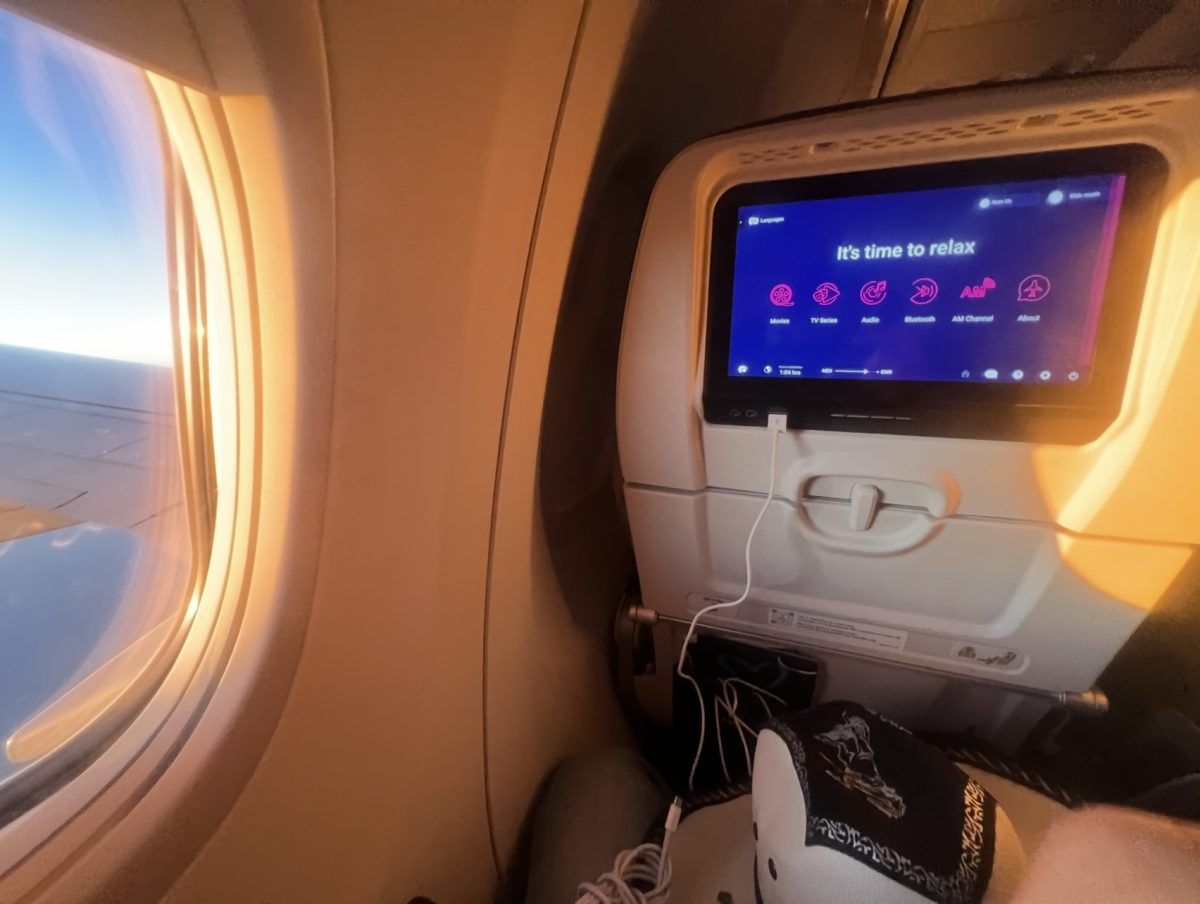
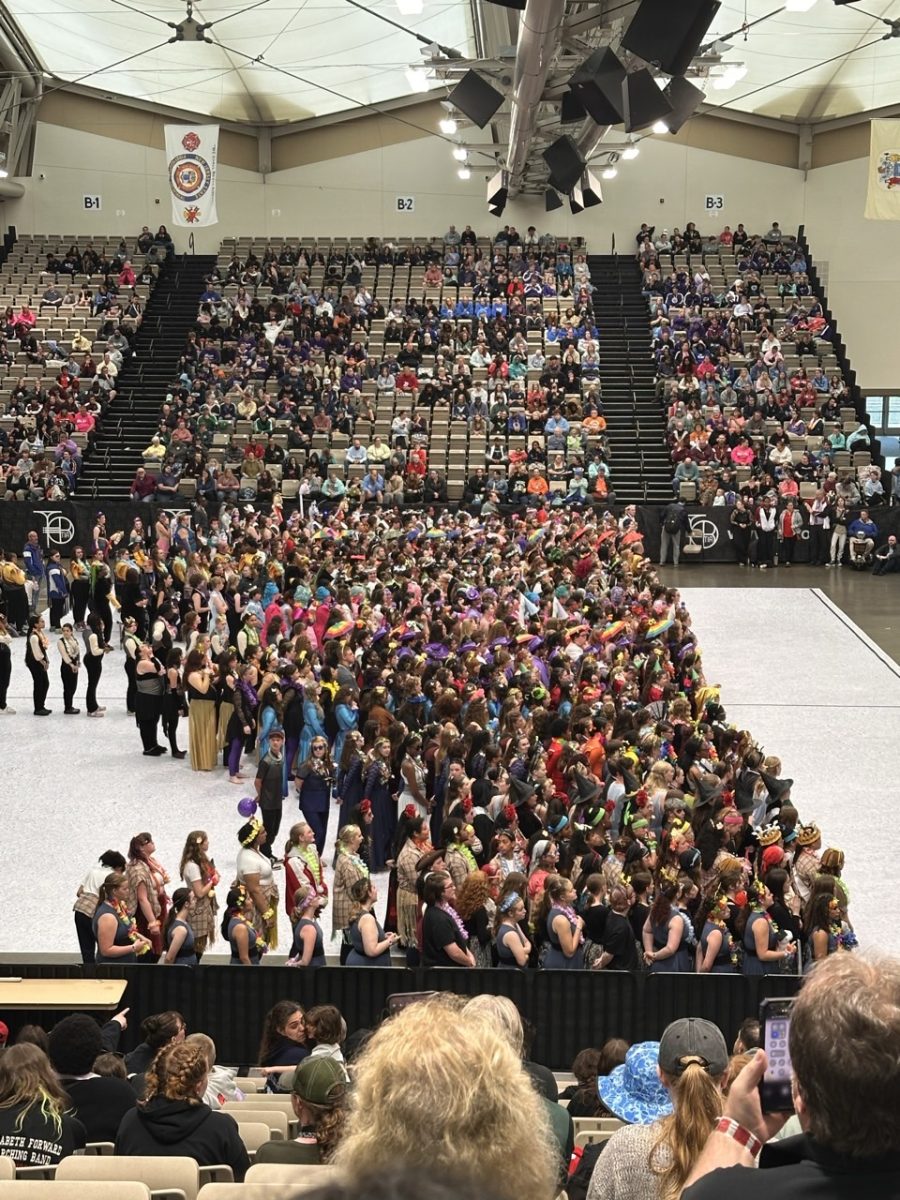

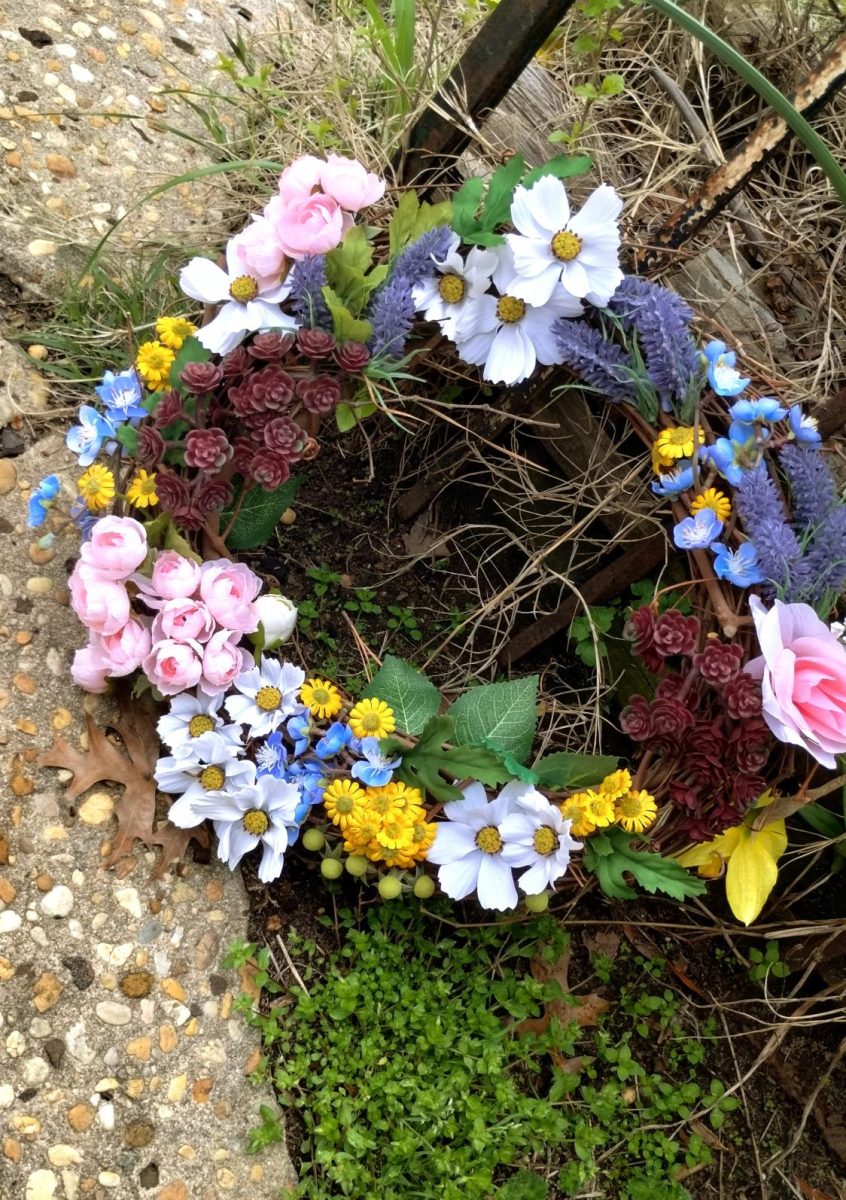
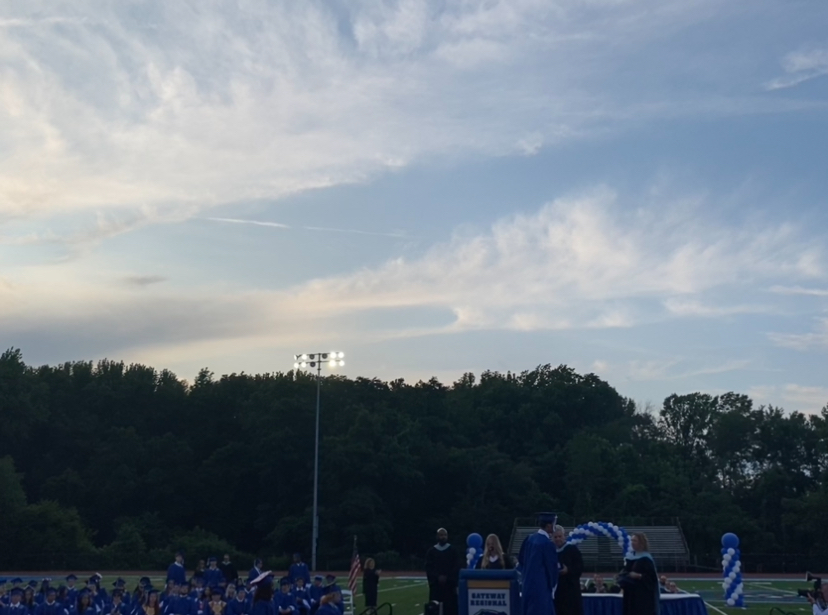
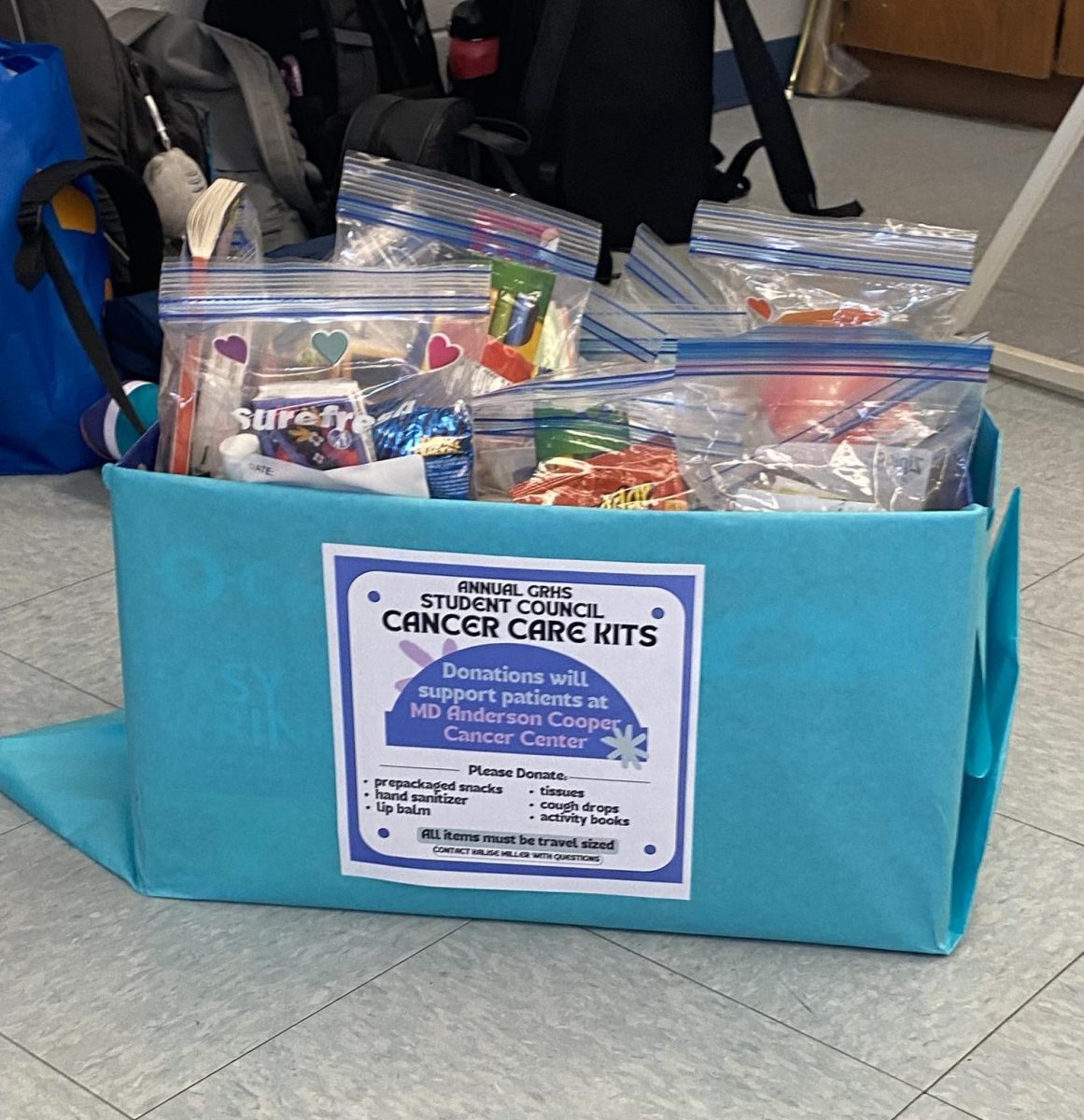





















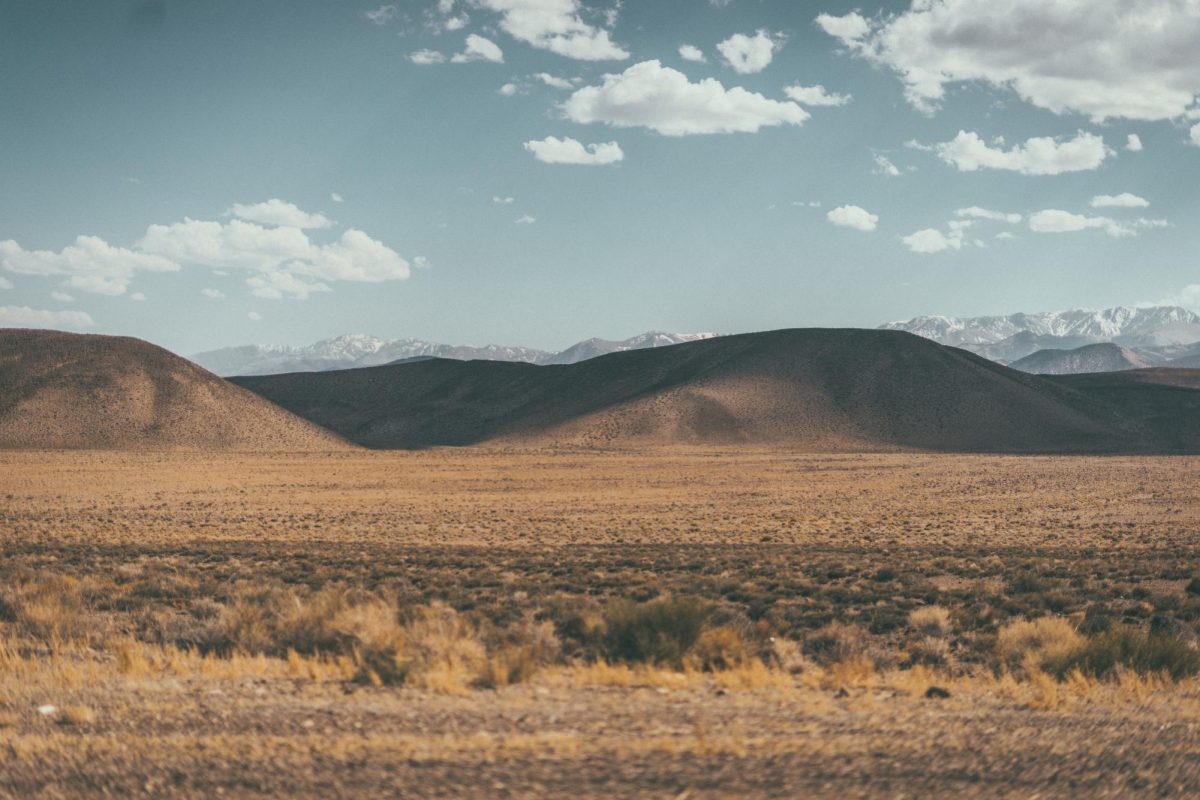
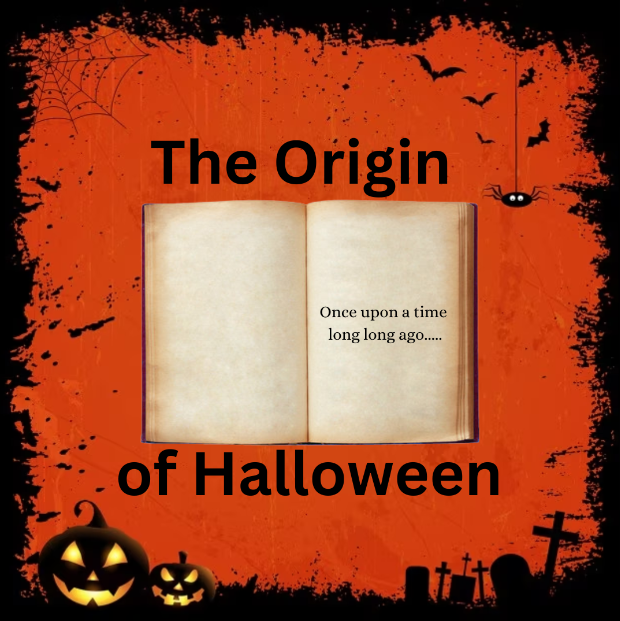











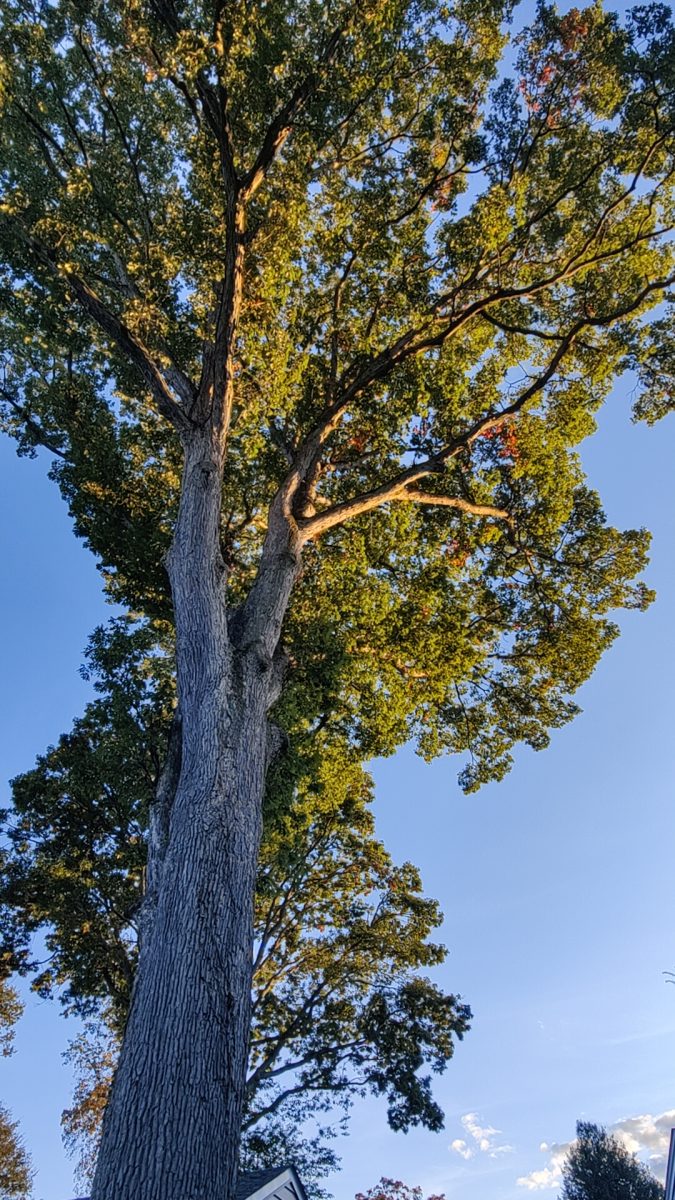



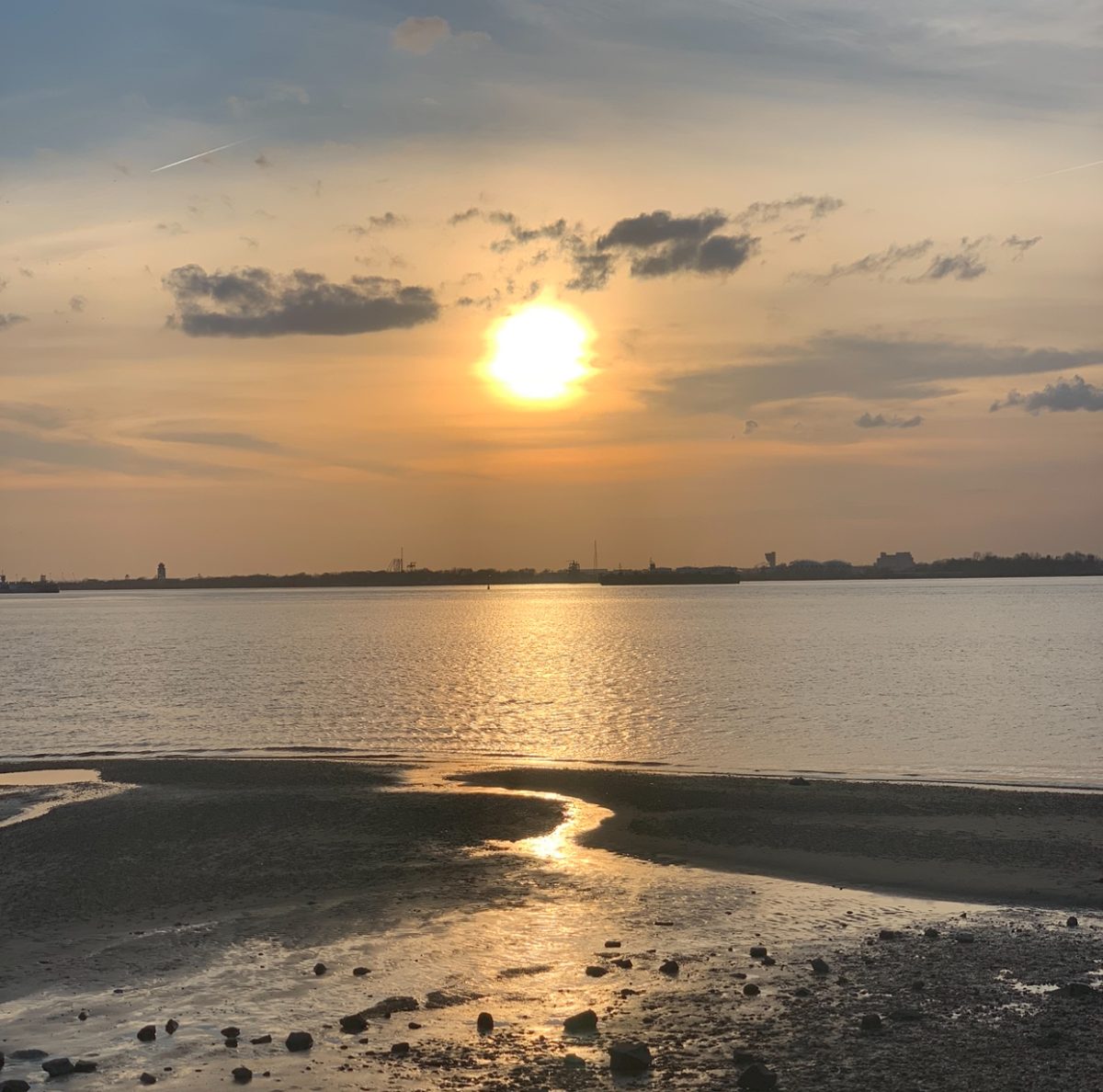

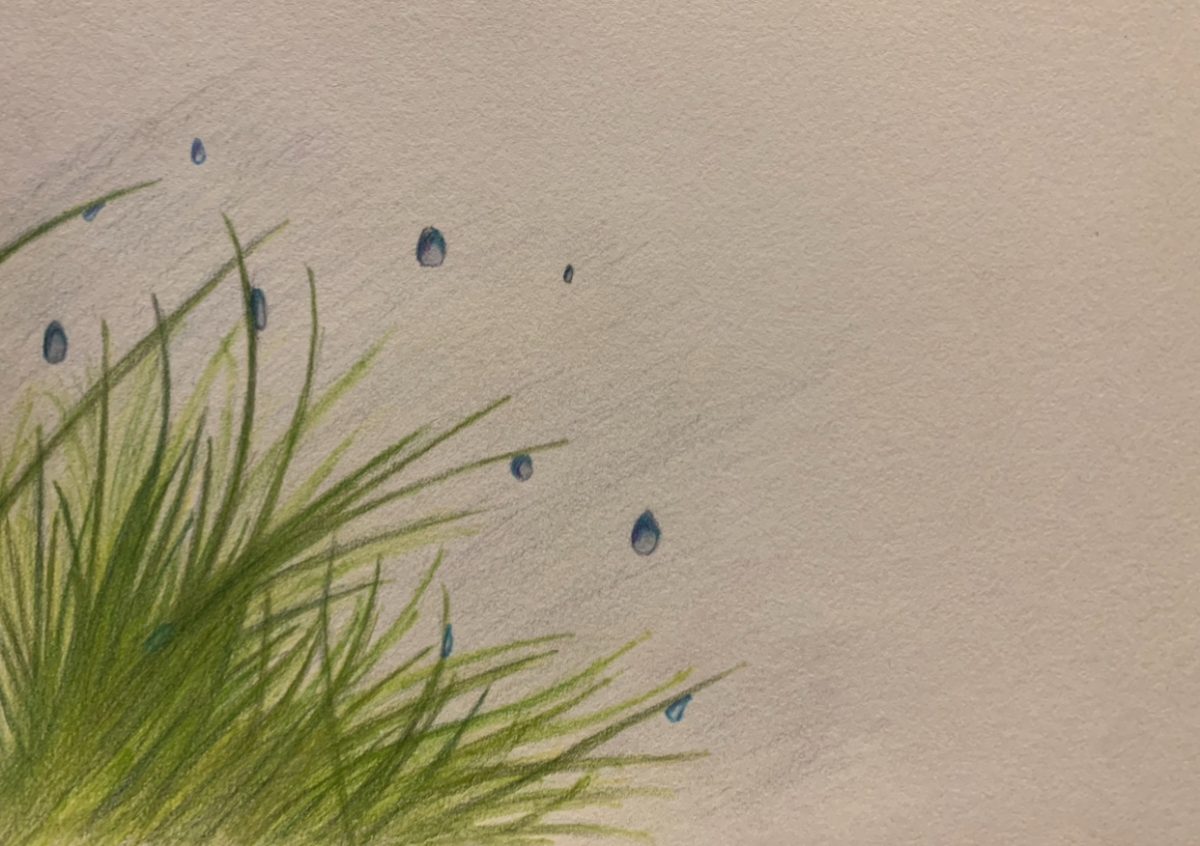

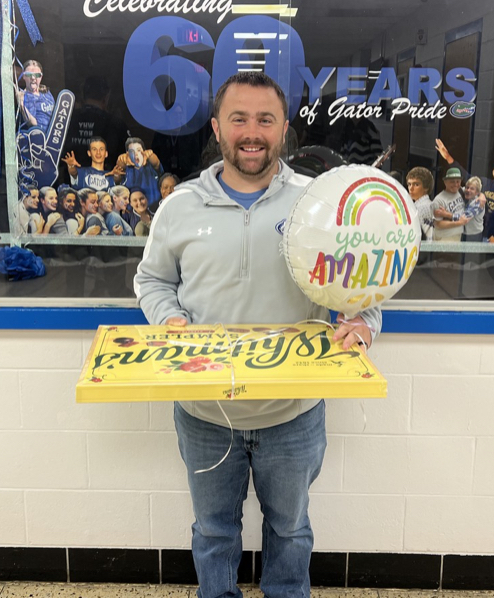

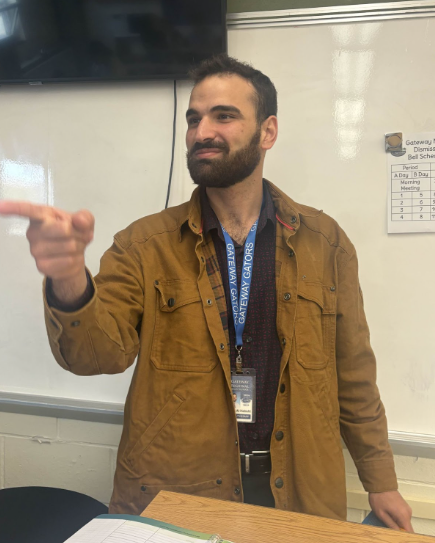



MELISSA ECKSTEIN • Nov 7, 2023 at 3:37 am
Great article!